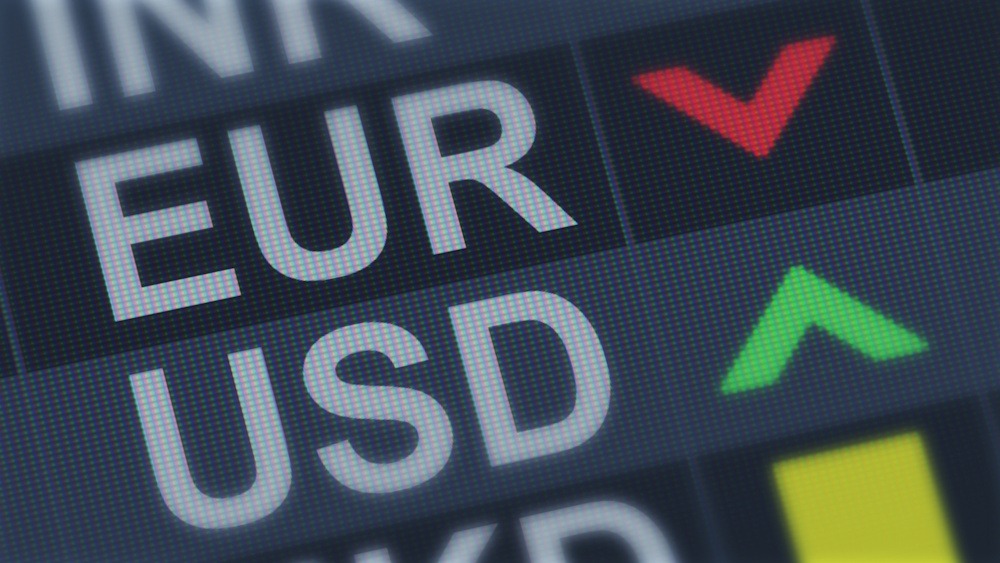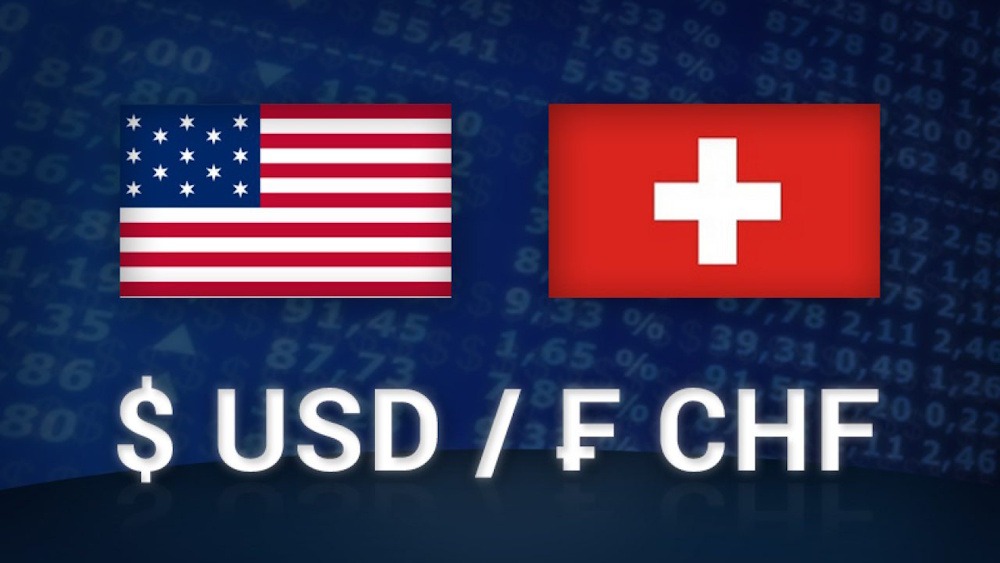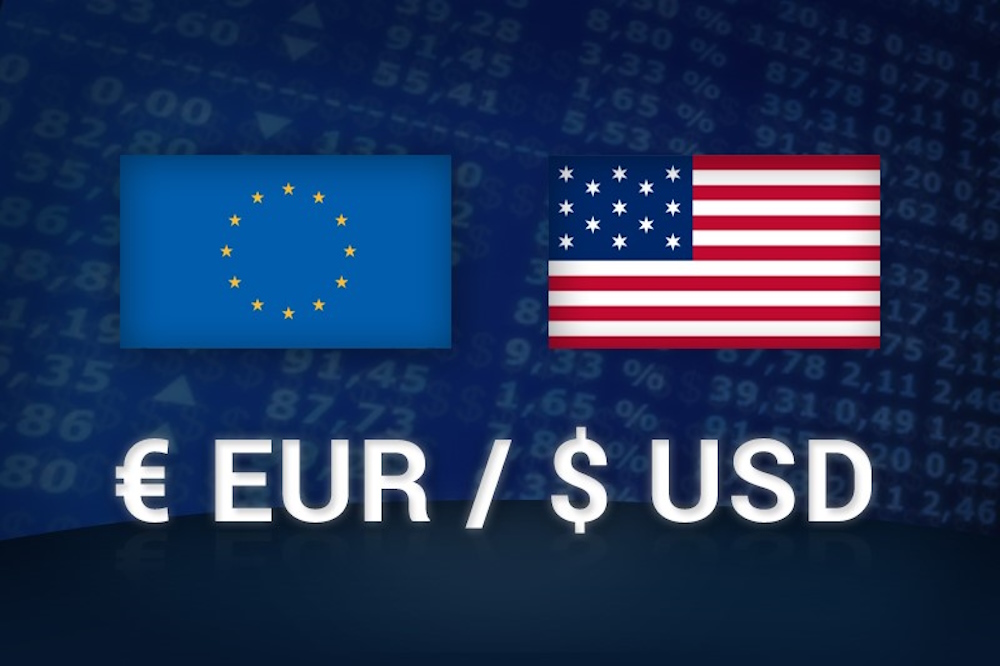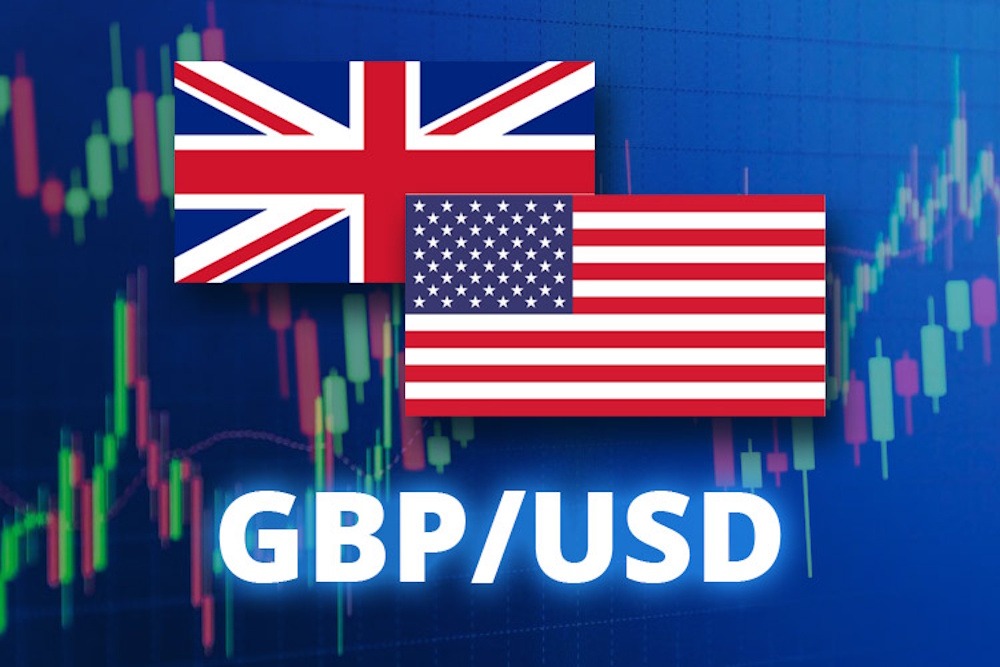EUR/USD Holds Steady on Fed Rate Cut Bets
EUR/USD holds its ground in the North American session on Friday, set to wrap up the week with slight gains exceeding 0.18% as traders prepare for the upcoming monetary policy decision from the Federal Reserve. The current trading value for the pair stands at 1.1736, showing little to no movement. The EUR/USD has seen a … Read more




